Europe, a continent celebrated for its breathtaking landscapes, deep-rooted history, vibrant cultures, and exquisite cuisines, consistently ranks high on every traveler’s bucket list. From serene sun-kissed islands to hidden gems tucked away from the mainstream, Europe offers an endless array of destinations waiting to be explored.
The allure of Europe is undeniable, drawing visitors in with the promise of Renaissance art in Florence, the romantic canals of Venice, the imperial grandeur of Paris, and the diverse historical and cultural tapestry of London. The arrival of spring enhances the charm of Europe’s iconic cities, as nature awakens with blossoms, making outdoor adventures even more appealing.
For those who love the great outdoors, Europe is a paradise. The continent boasts a stunning variety of natural wonders, from the rugged Scottish Highlands with their glens and lochs, and the snow-capped Alps, to the fragrant lavender fields and perched villages of Provence, and the island-dotted coasts of the Adriatic and Aegean Seas. These are just glimpses of what awaits.
While some of Europe’s most beloved spots have experienced the pressures of increased tourism, impacting local communities and heritage sites, thoughtful planning ensures an unforgettable journey. Here are some of the Best Travel Destinations In Europe that promise enriching experiences.
1. London, United Kingdom
London is a city of perpetual motion and boundless fascination. A lifetime might feel insufficient to fully explore its ever-evolving character. Flowing outwards from the Thames, London’s green parks and historic areas are brimming with iconic sights—from royal residences and majestic cathedrals to world-class museums and art galleries. Add to this mix premier theaters, diverse restaurants, famous sporting venues, and unparalleled shopping, and you’ll find it hard to leave.
For a deeper London experience, venture into its distinctive neighborhoods, each with its own personality. Explore the trendy clubs of Shoreditch or the charming streets of Notting Hill. If time allows, day trips offer escapes to the natural beauty of the New Forest, the Roman history of Bath, or the creative vibe of Brighton.
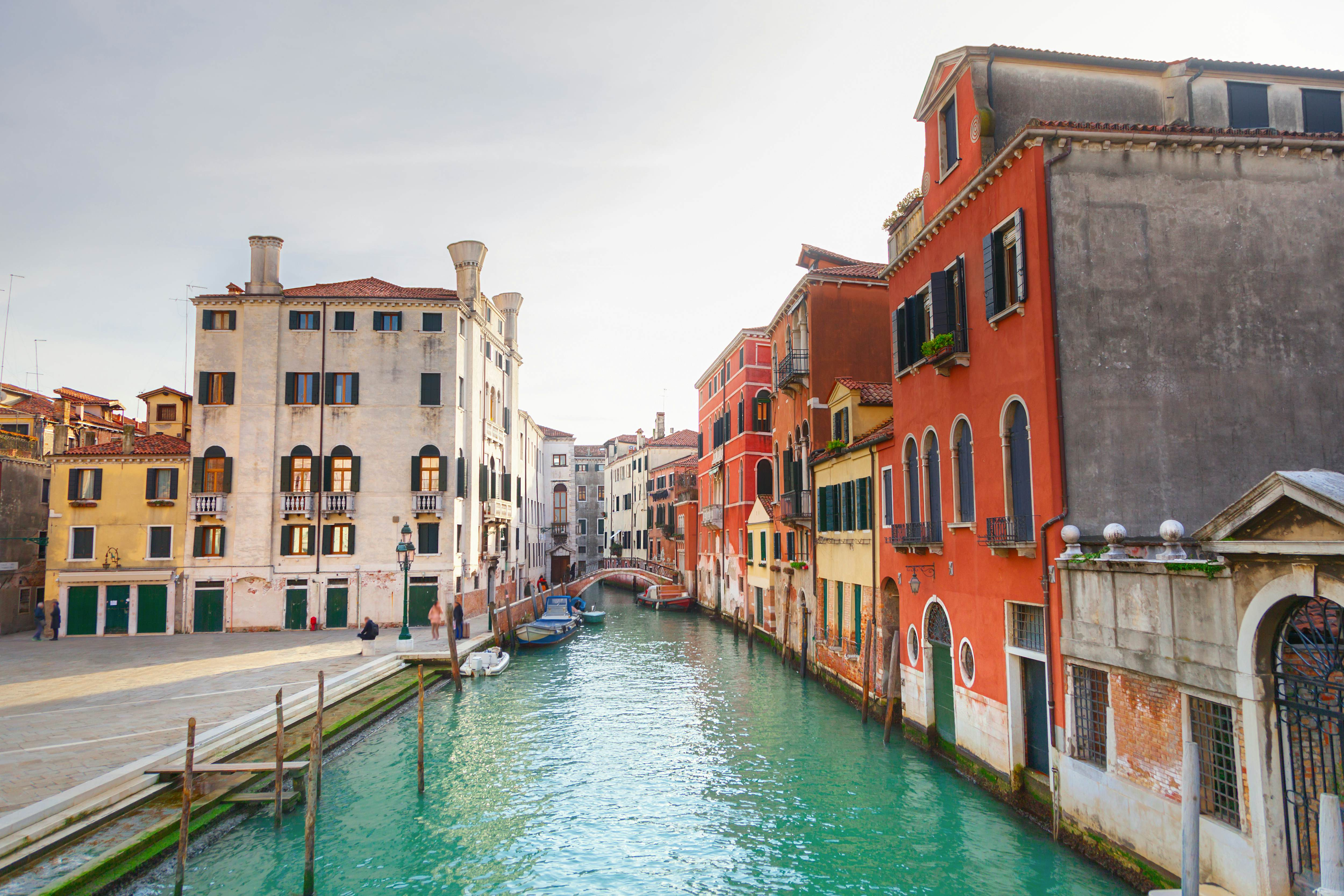 Venice canal view with historical buildings
Venice canal view with historical buildings
2. Venice, Italy
Venice, in the soft glow of a winter’s day, with bright sunlight and fewer crowds, offers a uniquely magical ambiance. Set aside your map and lose yourself in the Dorsoduro district’s shadowy alleys, where you can almost hear echoes of secret meetings and hushed conspiracies. Art enthusiasts should visit the Gallerie dell’Accademia and the Peggy Guggenheim Collection, home to masterpieces of Italian and European art.
Venice faces challenges from overtourism, making it crucial for visitors to travel responsibly in this beautiful yet fragile city. The introduction of an entry fee for day visitors aims to encourage longer stays, promoting a more profound appreciation of this extraordinary destination.
3. Paris, France
Originally built as a temporary marvel for the 1889 Exposition Universelle, the Eiffel Tower has become the quintessential symbol of Paris. It’s almost impossible to imagine a city more iconic than the “City of Light.” Paris is a dream destination come true, offering everything from world-renowned culinary experiences and captivating nightlife to an inexhaustible array of museums, galleries, and vibrant flea markets.
Spend your days exploring Paris’s 20 arrondissements, each with its distinct character, or venture out on day trips to Monet’s inspiring garden at Giverny or the opulent Palace of Versailles, once home to Marie Antoinette. No matter your itinerary, a trip to Paris is sure to be memorable.
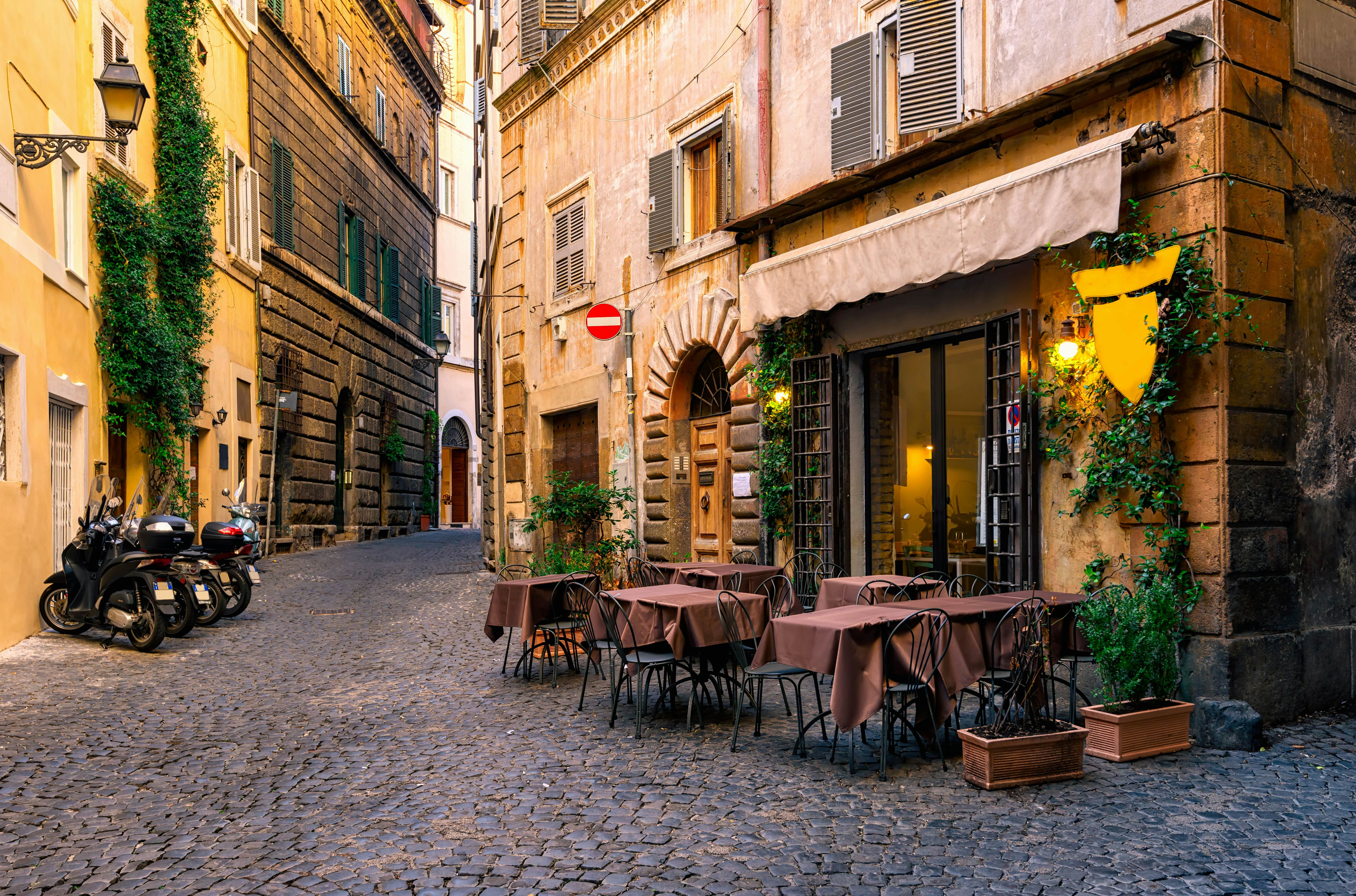 View of old cozy street in Rome, Italy.
View of old cozy street in Rome, Italy.
4. Rome, Italy
Rome’s ancient ruins, from the impressive Colosseum to the Roman Forum and the historic Via Appia Antica, evoke powerful images of the past. Two millennia ago, Rome was the heart of the ancient world’s greatest empire, where gladiators fought and emperors lived in unparalleled luxury. Today, these ancient sites possess a haunting beauty, inviting you to step back in time as you wander along cobblestone paths.
However, Rome is not just about the past. Discover its contemporary side by browsing chic boutiques for Italian handbags or unique handmade jewelry. Mingle with locals during aperitivo in trendy bars or explore the vibrant street art scene in neighborhoods like Ostiense and San Lorenzo. In this city with thousands of years of history, new treasures are always waiting to be discovered.
5. Berlin, Germany
Nearly four decades after the Berlin Wall’s fall, it’s remarkable how this cosmopolitan city once symbolized the Cold War’s stark divisions. Yet, reminders of Berlin’s divided history are still present. Whether you’re at the Brandenburg Gate, observing the graffiti-covered remnants of the Berlin Wall at the East Side Gallery, or exploring exhibits at the DDR Museum, these sites are crucial for understanding the forces that shaped Germany’s capital. Beyond its history, Berlin is a forward-thinking city, renowned for its iconic club culture, unique independent shops, and trendy neighborhoods.
6. Dubrovnik, Croatia
Dubrovnik’s fame rests on its magnificent city walls, among the most impressive globally, encircling marble streets and beautifully adorned buildings. Constructed between the 13th and 16th centuries, these walls remain remarkably preserved, offering breathtaking views of terracotta rooftops and the Adriatic Sea, especially at sunset when the light enhances the dramatic hues and panoramic vistas.
The city’s role in the “Game of Thrones” series has significantly increased tourism, with numerous tours focusing on filming locations. However, you can still experience the authentic Dubrovnik by exploring beyond the main attractions and venturing outside the Old Town to discover its true essence.
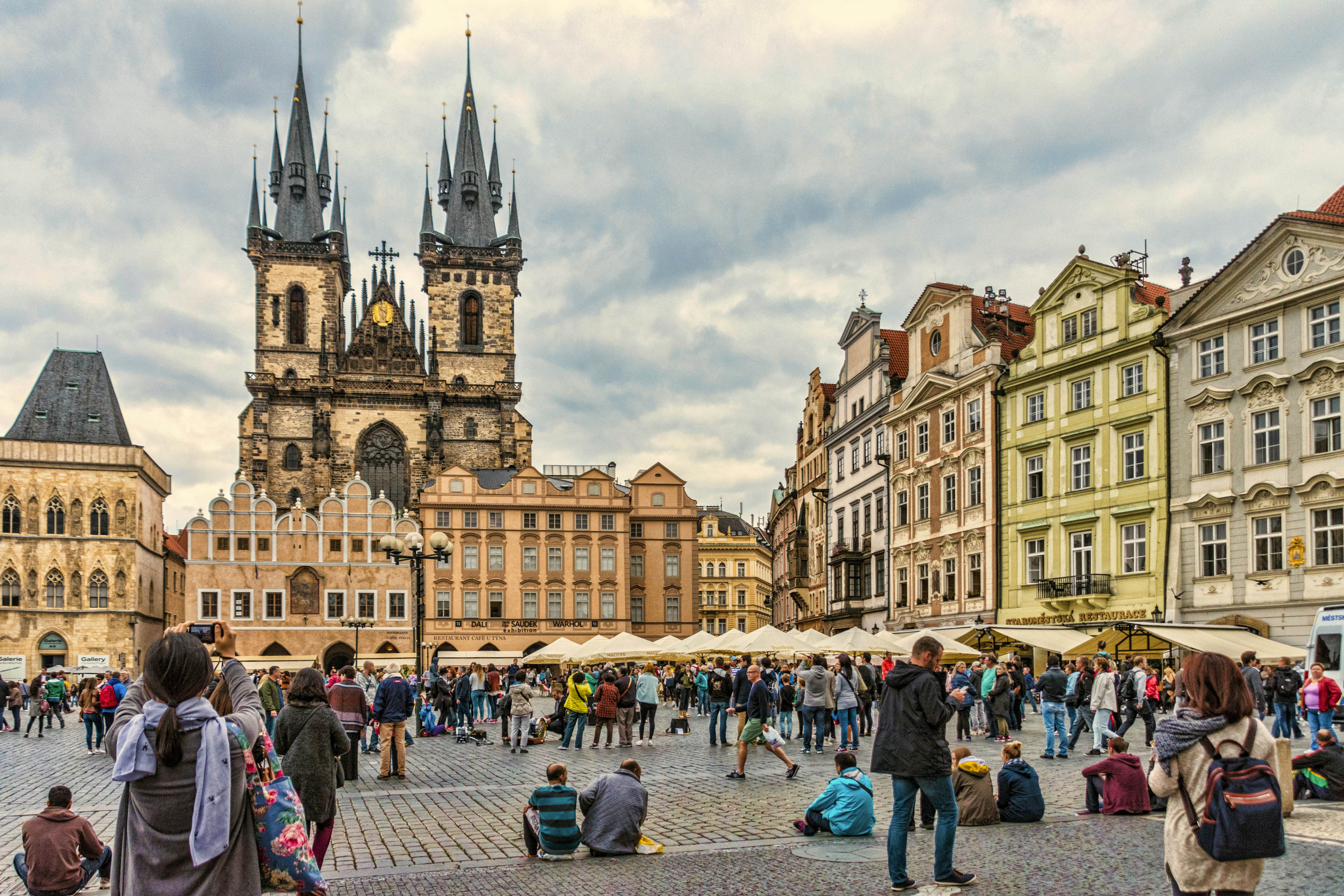 Tourists wander the old square of central Prague, dominated by a twin-spired church
Tourists wander the old square of central Prague, dominated by a twin-spired church
7. Prague, Czechia
Prague, the capital of Czechia, is one of Europe’s most captivating and dynamic cities. Despite its modern energy, parts of Prague retain a medieval charm. Its winding cobblestone lanes are framed by leaning townhouses, Baroque structures, and elegant bridges.
Castle enthusiasts will be awestruck by Prague Castle, a thousand-year-old fortress complex, recognized as the largest ancient castle complex in the world. While the Old Town is home to many iconic attractions, exploring Prague’s diverse neighborhoods reveals hidden gems and some of the city’s best dining experiences.
8. Vienna, Austria
Vienna’s Hofburg Palace elegantly transports you back to the age of empires. Marvel at imperial treasures, the Lipizzaner horses of the Spanish Riding School, and chandelier-lit apartments once inhabited by Emperor Franz Joseph I and Empress Elisabeth. This palace, a legacy of the Habsburg Empire, is rivaled only by the sprawling Schönbrunn Palace, a UNESCO World Heritage site, and the Baroque Belvedere Palace, both set within stunning gardens. Vienna is a city where imperial history and cultural richness meet.
9. Amsterdam, Netherlands
Amsterdam’s deep connection to water is immediately apparent. Stroll along the canals and admire the numerous houseboats, or take a canal tour to truly appreciate the city from the water. You’ll notice intricate architectural details and charming canal-side cafes.
Amsterdam is easy to navigate, perfect for exploring trendy neighborhoods and discovering culinary hotspots. While Amsterdam offers many attractions, some of the best experiences come from simply slowing down, bypassing the tourist crowds, and immersing yourself in the city’s unique atmosphere.
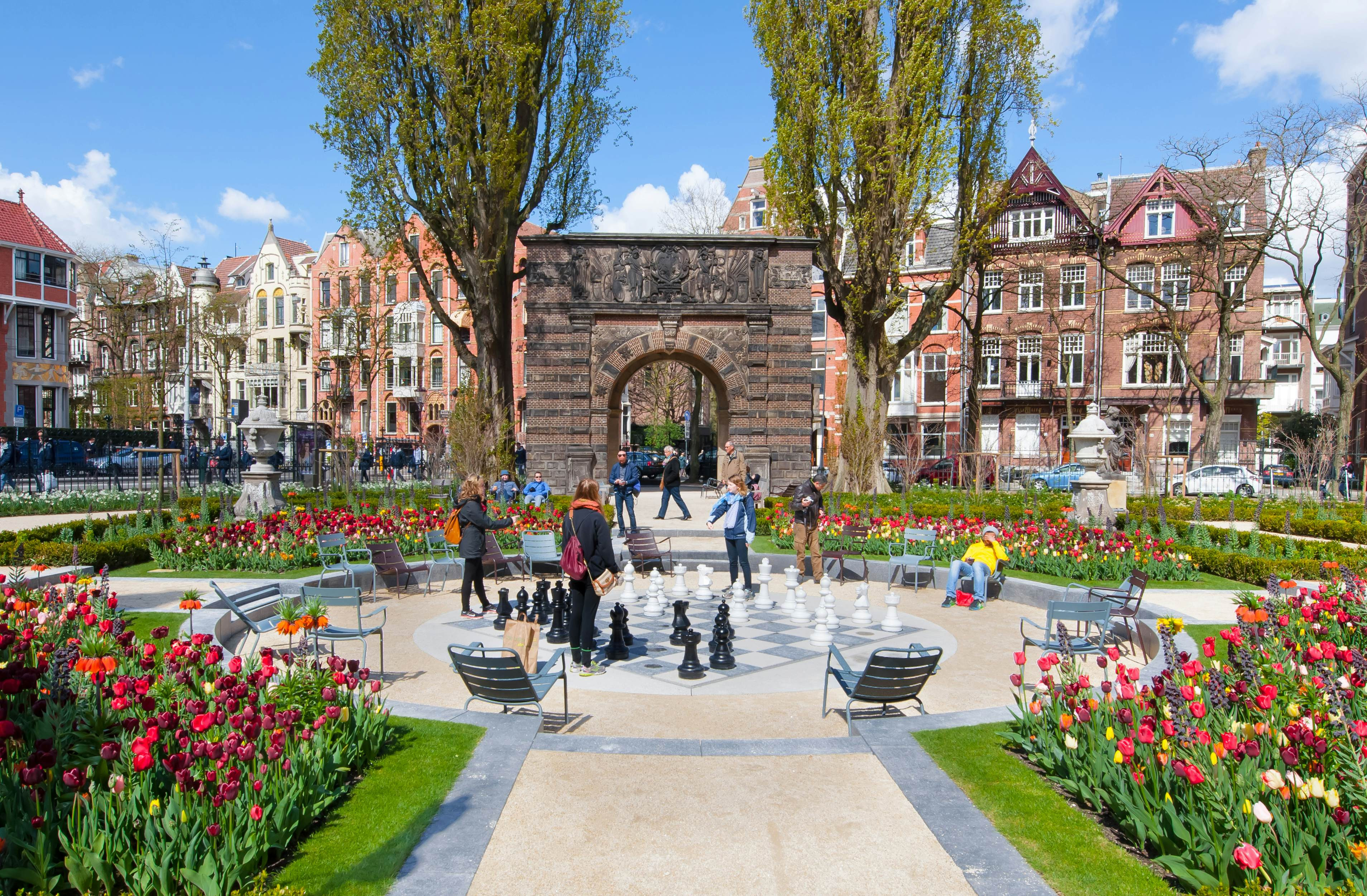 The Garden at the Rijksmuseum in Amsterdam with spring tulips blooming.
The Garden at the Rijksmuseum in Amsterdam with spring tulips blooming.
10. Budapest, Hungary
Budapest, straddling the romantic Danube River, with the Buda Hills to the west and the Great Plain to the east, is arguably Eastern Europe’s most beautiful city. Its parks are full of attractions, the architecture is stunning, museums are treasure troves, and the city’s nightlife is vibrant. Enjoy scenic Danube Bend cruises, explore Baroque and Turkish-era thermal baths, and experience a city that thrives day and night.
11. Barcelona, Spain
Barcelona is celebrated for its Modernista architecture, including Antoni Gaudí’s iconic creations. His masterpiece, La Sagrada Família, remains under construction nearly a century after his death, blending Gothic and experimental styles into a modern wonder.
Barcelona offers much beyond its famous cathedral, including bustling tapas restaurants, art museums, historic neighborhoods, and beautiful beaches. Awareness of the impact of tourism on local communities is important when visiting this popular city.
 A young girl rollerblading along the Barceloneta beach in Barcelona
A young girl rollerblading along the Barceloneta beach in Barcelona
12. Lisbon, Portugal
Lisbon’s Alfama district, with its maze of alleys, hidden courtyards, and winding lanes, is a magical place to get lost and discover the soul of Lisbon. You’ll encounter small grocers, beautifully tiled buildings, and views of steep rooftops descending to the Tagus River. Stop at cozy taverns filled with lively conversation, savor the aroma of grilled sardines, listen to melancholic fado music, and enjoy a glass of Portugal’s famous port wine.
13. The Scottish Highlands, United Kingdom
Whether explored by foot, rail, or road, the Scottish Highlands offer breathtaking scenery. From Royal Deeside’s regal charm to Glen Coe’s dramatic beauty and the mysterious Loch Ness, the landscapes are awe-inspiring. Discover fairy-tale castles, enjoy glorious hiking trails, and experience Highland hospitality in classic pubs and romantic hotels. The Scottish Highlands promise unforgettable memories.
 Motorcyclists drive down a road through the lush Scottish Highlands.
Motorcyclists drive down a road through the lush Scottish Highlands.
14. Dublin, Ireland
In Dublin, literary and historical landmarks are always close by, from the leafy Georgian squares of St Stephen’s Green to Kilmainham Gaol and Trinity College. Dublin’s pubs are legendary, offering the perfect setting to enjoy a pint of Guinness and Irish camaraderie. A visit to the Guinness brewery itself is a quintessential Dublin experience. In Dublin, you’re sure to make new friends and lasting memories.
15. Florence and Tuscany, Italy
Tuscany’s rolling hills, bathed in golden light and dotted with vineyards, encapsulate Italy’s charm. Picture-perfect hilltop towns, stunning landscapes, and exceptional food and wine define this region. Exploring Tuscany for the first time is one of Europe’s greatest pleasures. Discover renowned Chianti wines and wander through Siena’s historic main square.
Florence, the heart of Tuscany, boasts an unparalleled concentration of world-renowned art. Packed with blockbuster museums, elegant churches, and Renaissance streetscapes, Florence is undeniably iconic. Plan your visit to coincide with the best times to avoid peak crowds and fully enjoy its treasures.
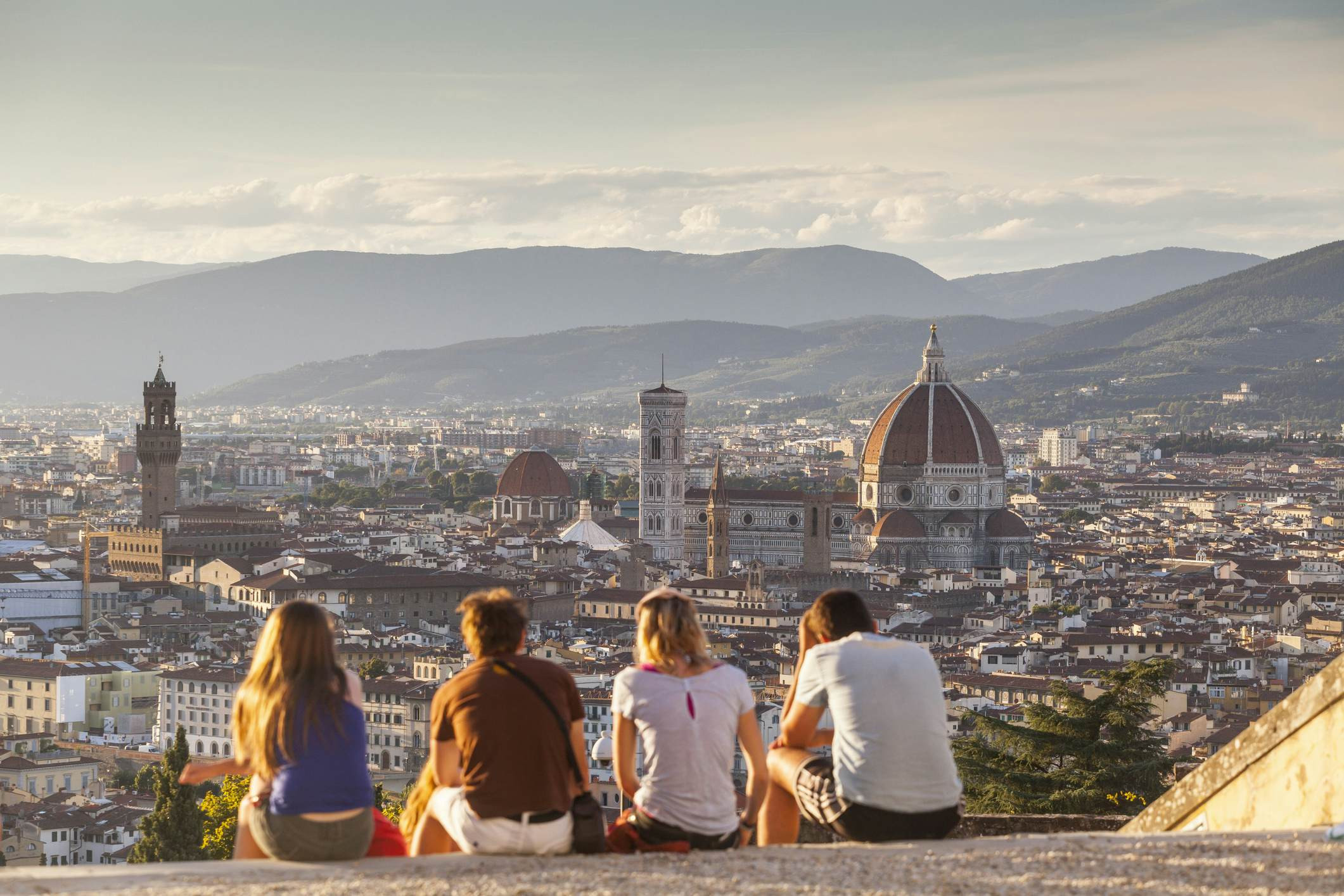 People watch the sunset from the steps of San Miniato al Monte over the city of Florence
People watch the sunset from the steps of San Miniato al Monte over the city of Florence
16. Copenhagen, Denmark
Copenhagen embodies Scandinavian contemporary style. A hub of design, it features Michelin-starred restaurants, trendy cafes and bars, and chic boutiques. Combine this with top-tier museums, galleries, and a historic harbor, and you have the quintessential Scandinavian city break. While Copenhagen is known for being pricey, there are budget-friendly ways to explore and many free activities to enjoy, including soaking in the city’s atmosphere.
17. Andalucía, Spain
Andalucía, once Al-Andalus under Moorish rule, is rich in stunning architecture from eight centuries of Islamic influence, and the centuries that followed. Granada, Córdoba, and Seville are highlights of this culturally rich region. In Granada, the Alhambra palace is a pinnacle of Islamic architecture, considered one of the most impressive in the world and a Spanish icon.
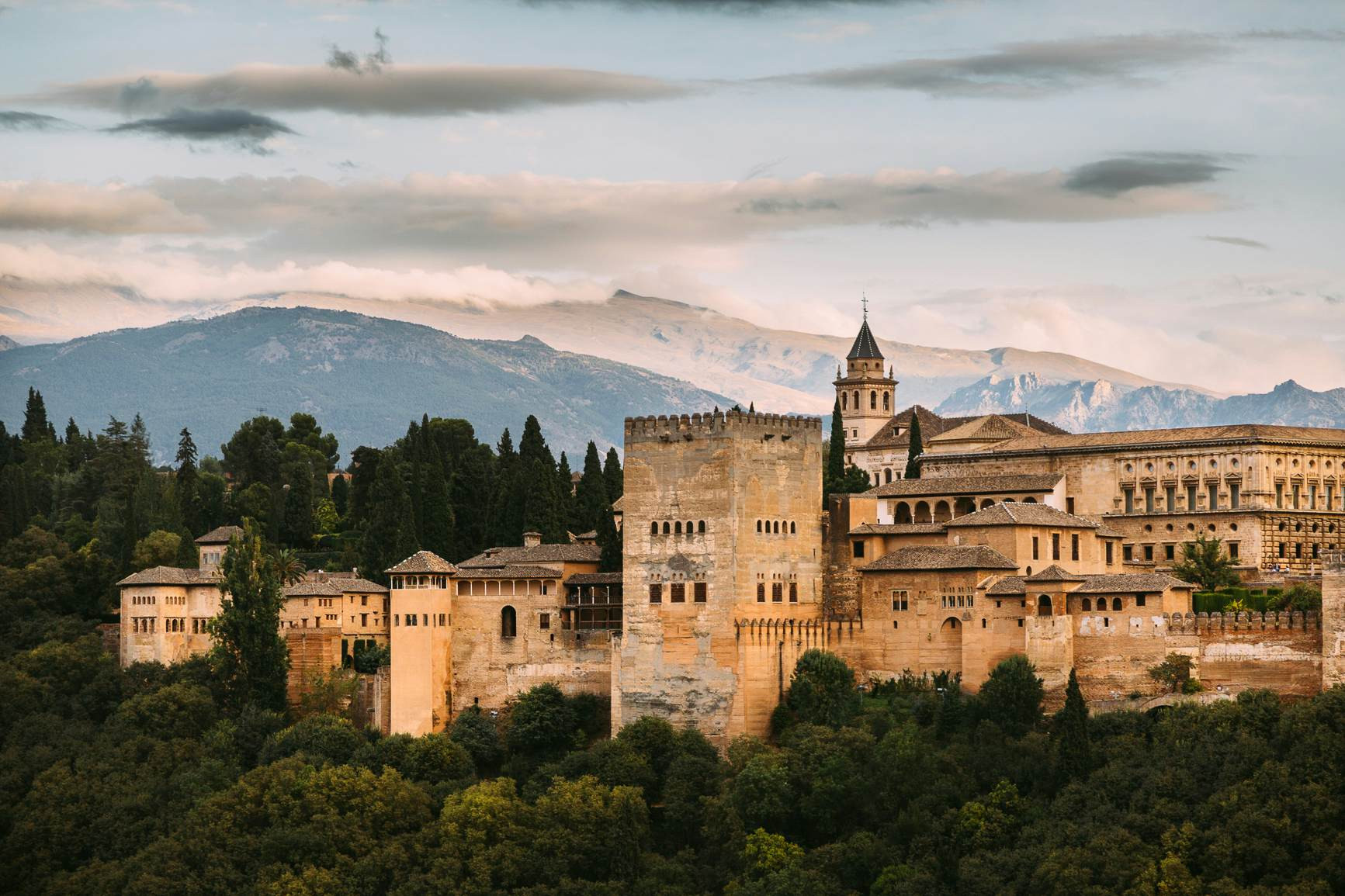 The large palace of the Alhambra sits on a hill with mountains in the background.
The large palace of the Alhambra sits on a hill with mountains in the background.
18. Ruins of Pompeii, Italy
Pompeii’s sprawling ruins, near Naples, offer a haunting journey 2,000 years into the past, frozen in time by the eruption of Mount Vesuvius. Walk through Roman streets, explore frescoed villas, bathhouses, shops, theaters, and even a brothel. The eerie stillness and the looming presence of Vesuvius invite reflection on the city’s final moments. Ongoing excavations continue to reveal new insights into life in 79 CE, adding to Pompeii’s allure.
19. Reykjavík, Iceland
Reykjavík, though smaller than many capital cities, is vibrant with quirky character and creativity. Despite its northern location on an island of volcanoes and ice, Reykjavík has cultivated a city rich in captivating art, diverse cuisine, and lively nightlife, hosting a thriving music scene. Explore its Viking history and use Reykjavík as a base to discover Iceland’s extraordinary natural wonders.
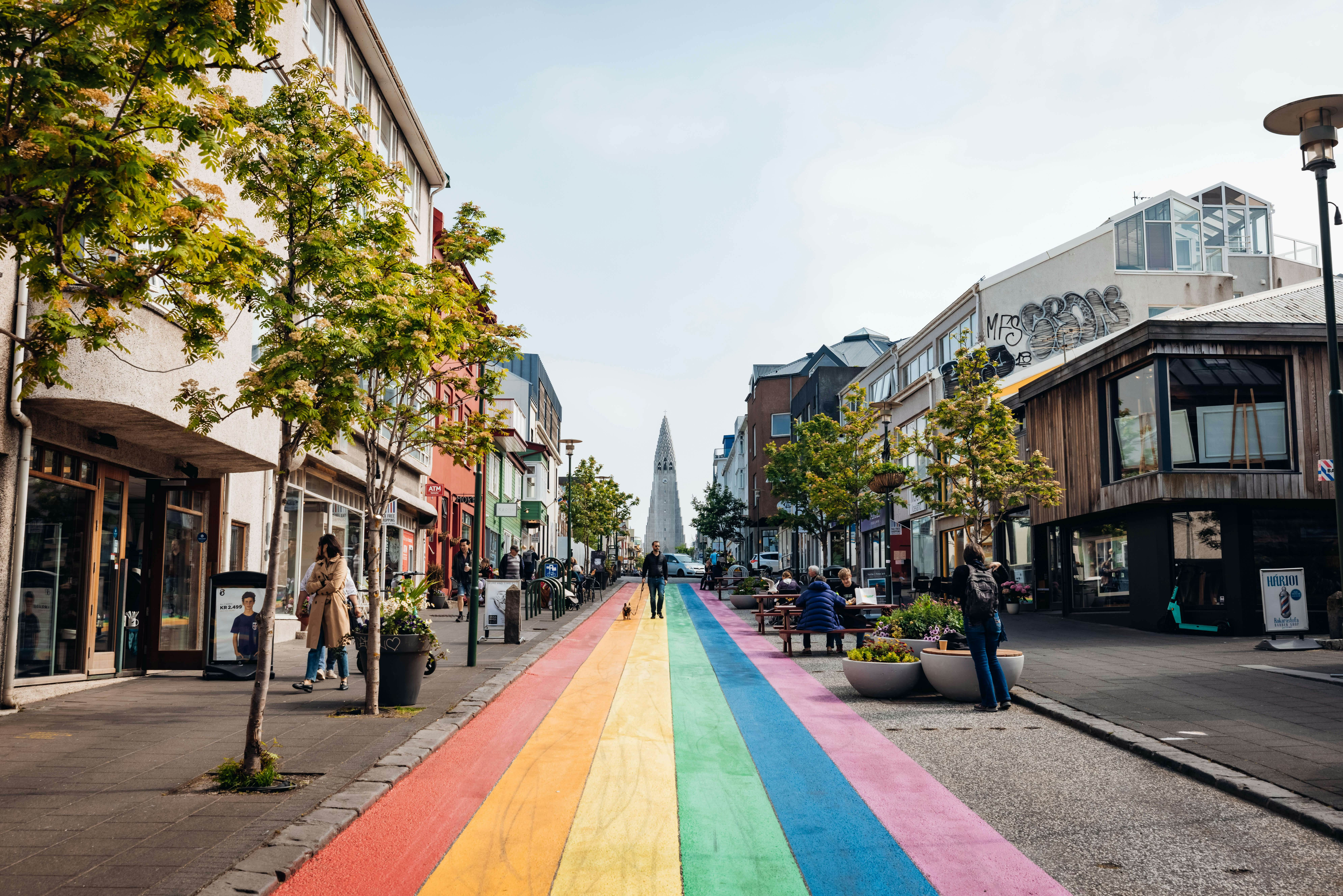 A street, with a walkway of striped rainbow colors, leads to the pointed spire of a cathedral
A street, with a walkway of striped rainbow colors, leads to the pointed spire of a cathedral
20. Provence, France
Provence’s pastoral landscapes are a French fantasy come to life. It embodies the enviable French lifestyle: exquisite food, renowned wines, bustling markets, and long, pleasant evenings. For decades, Provence’s villages have been popular destinations, inspired by a vision of idyllic rural living. Visit the Abbaye Notre-Dame de Sénanque for iconic views of lavender fields and medieval cloisters, or enjoy an espresso in Aix-en-Provence. In Provence, savoring the good life is always on the agenda.
21. Swiss Alps, Switzerland
The Swiss Alps, iconic and majestic, are even more breathtaking in person than on chocolate wrappers. The Matterhorn, the most famous peak, dominates the village of Zermatt. Admire it from a café, hike in its shadow, or ski on its slopes, surrounded by stunning alpine scenery.
22. Istanbul, Türkiye
Istanbul, once capital of the Byzantine and Ottoman Empires, is a major global city and a historic crossroads. Its historical heart, Sultanahmet, is home to the Hagia Sophia, Blue Mosque, Topkapi Palace, and Grand Bazaar. The Süleymaniye Mosque crowns a hilltop in Eminönü. Explore Istanbul’s diverse neighborhoods like Kadıköy with its cafes and art galleries, or browse antiques in Fener and Balat. Istanbul also serves as a base for day trips to Thrace’s wine region or Black Sea coastal villages.
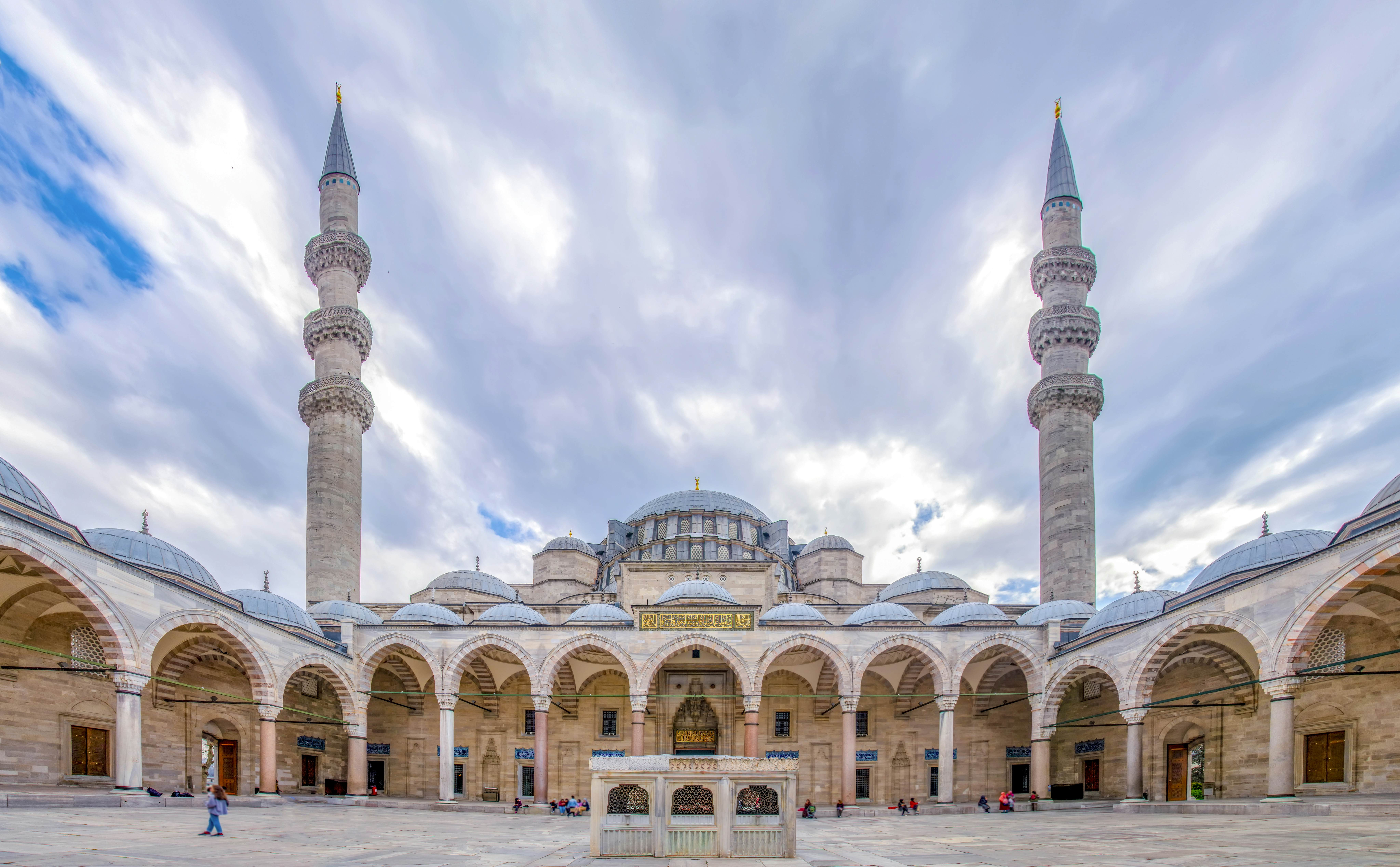 The tall minarets rise from the Suleymaniye Mosque on the Third Hill of Istanbul.
The tall minarets rise from the Suleymaniye Mosque on the Third Hill of Istanbul.
23. Athens, Greece
Greece is filled with ancient monuments, but Athens showcases the most iconic. The Acropolis, overlooking the city, embodies ancient Greece’s glory, featuring the Parthenon and the Theatre of Dionysos. Other ruins include the Temple of Olympian Zeus and ancient marketplaces, alongside excellent museums.
Complement architectural wonders with Athens’ culinary scene, enjoying local treats like lukumades and souvlaki. Athens also boasts great beaches, and islands and hiking trails are just a day trip away. Be mindful of summer heat, which can affect opening hours at major sites.
24. Schloss Neuschwanstein, Germany
Schloss Neuschwanstein, nestled in the Bavarian Alps, seems straight out of a fairy tale. Its slender turrets and dramatic setting make it one of Europe’s most recognizable castles, the inspiration for Disney’s Cinderella castle. Near Füssen, it marks the southern end of the Romantic Road, a perfect stop on a scenic German road trip.
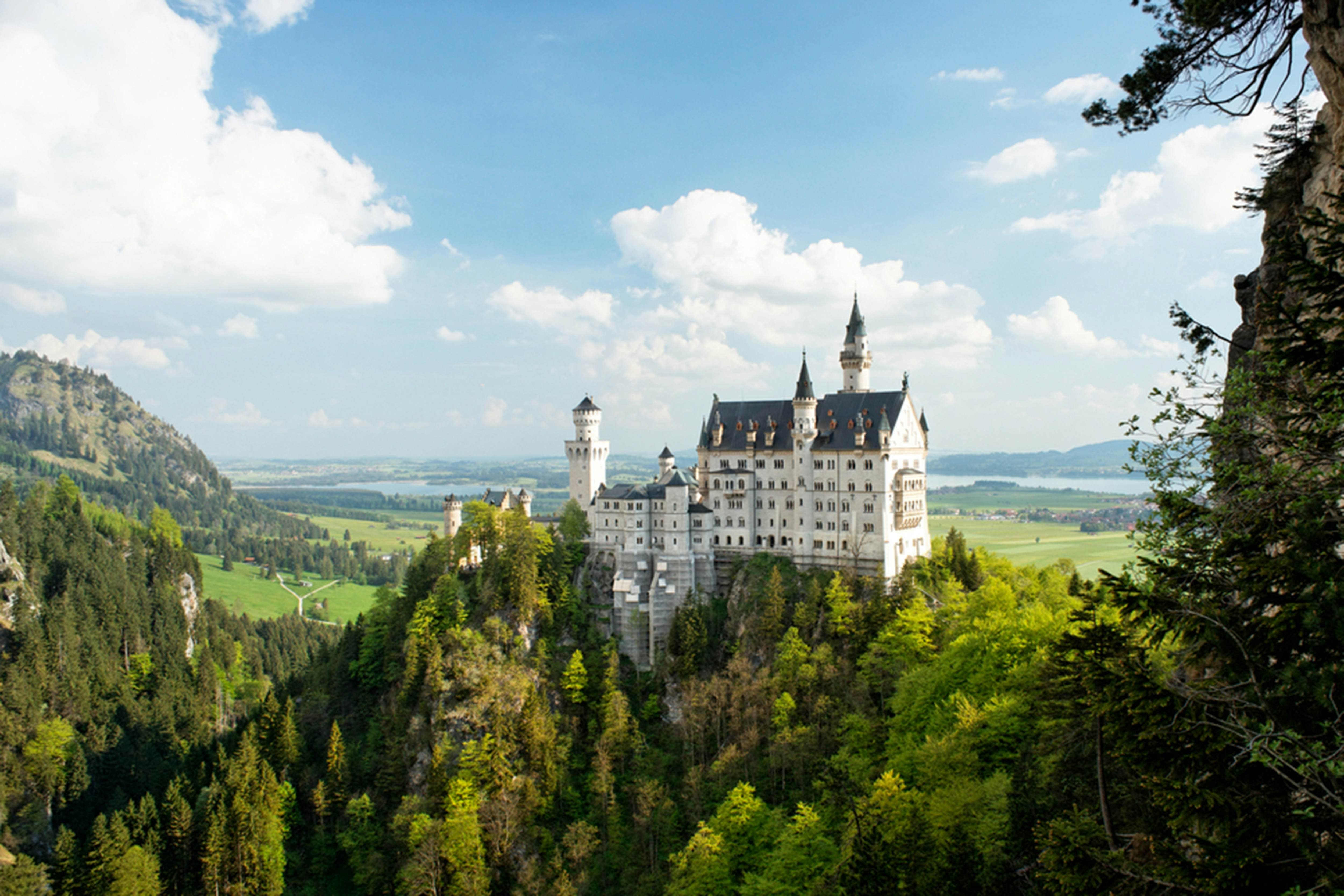 A fairytale-style castle rises from lush green hills in Bavaria, Germany.
A fairytale-style castle rises from lush green hills in Bavaria, Germany.
25. Greek Islands, Greece
The Greek Islands are captivating, offering beaches, warm seas, history, and vibrant nightlife. While popular islands like Santorini and Mykonos face overtourism, many other islands offer quieter, authentic experiences. Explore the Ionian or Dodecanese Islands for off-the-beaten-path adventures. Plan your island-hopping trip to discover your perfect Greek island escape.
26. Ring of Kerry, Ireland
The Ring of Kerry is uniquely Irish, capturing the essence of Ireland in one scenic 179km route around the Iveragh Peninsula. Wild landscapes, secluded beaches, ancient fortresses, and windswept mountains define this unforgettable Irish circuit.
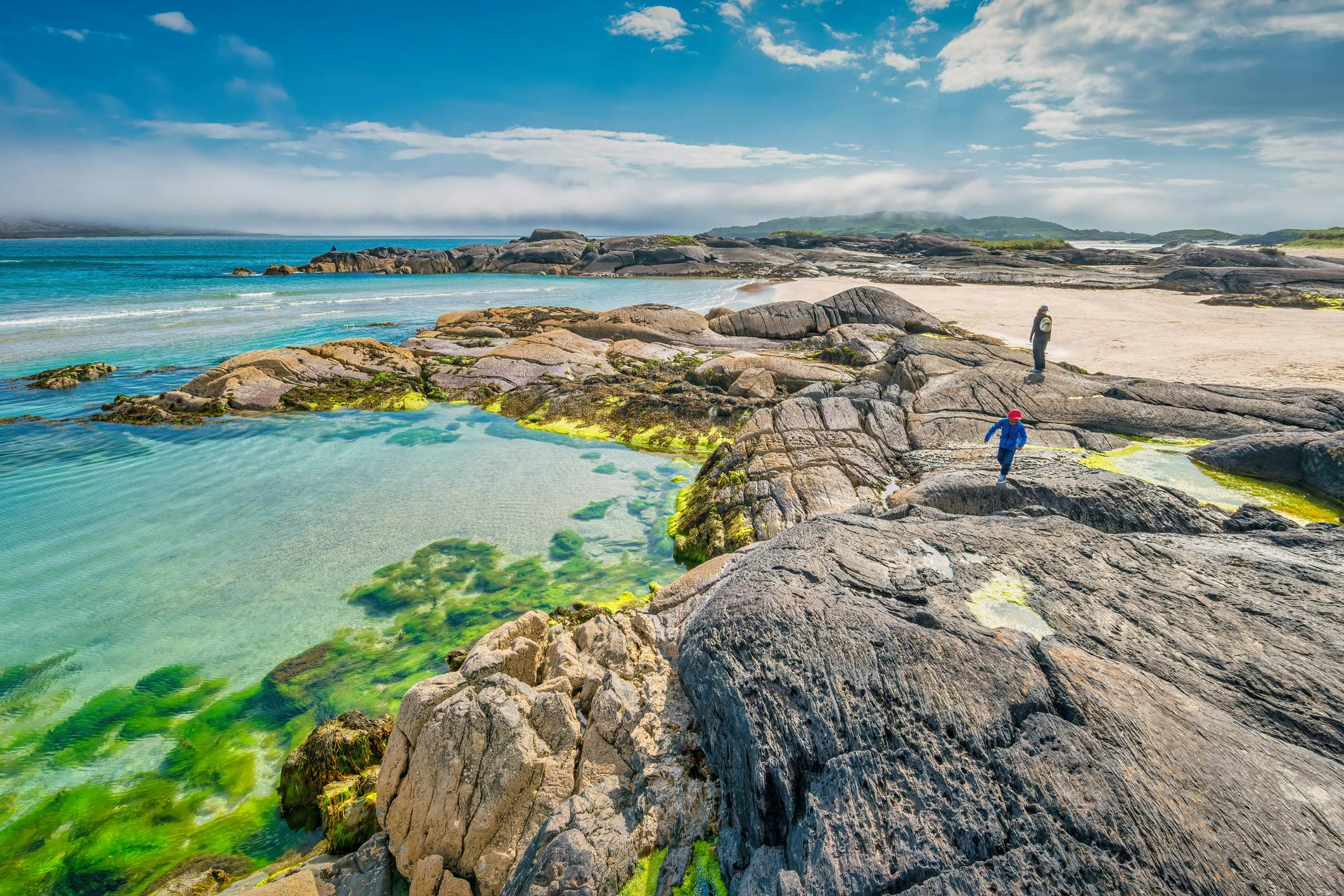 A family on a beach along the Ring of Kerry route in Ireland.
A family on a beach along the Ring of Kerry route in Ireland.
27. Oslo, Norway
Oslo aims to be Europe’s capital of contemporary style, competing with Copenhagen and other Nordic cities. The Oslo Opera House resembles an iceberg, public art is prominent, and museums cover Viking history to modern Norwegian culture. Oslo is a city to appreciate for its own merits, not just as a gateway to the fjords.
28. Stockholm, Sweden
Stockholm, spread across 14 islands where the Baltic Sea meets Lake Mälaren, is a stunning capital city. It blends creativity, history, and natural beauty, with inner-city woodlands and clean waterways. From Gamla Stan (Old Town) to its progressive design, fashion, and culinary scenes, Stockholm offers a lesson in style and taste. World-class museums and galleries present everything from Viking treasures to contemporary art.
29. Tallinn, Estonia
Tallinn is charming, peaceful, and incredibly photogenic, filled with ancient churches, medieval streets, and historic merchant houses. Its delightful food and vibrant culture make it a popular destination, especially when cruise ships arrive. Tallinn balances its fairy-tale Old Town with modern amenities, offering excellent restaurants and hotels, making visits easy and enjoyable.
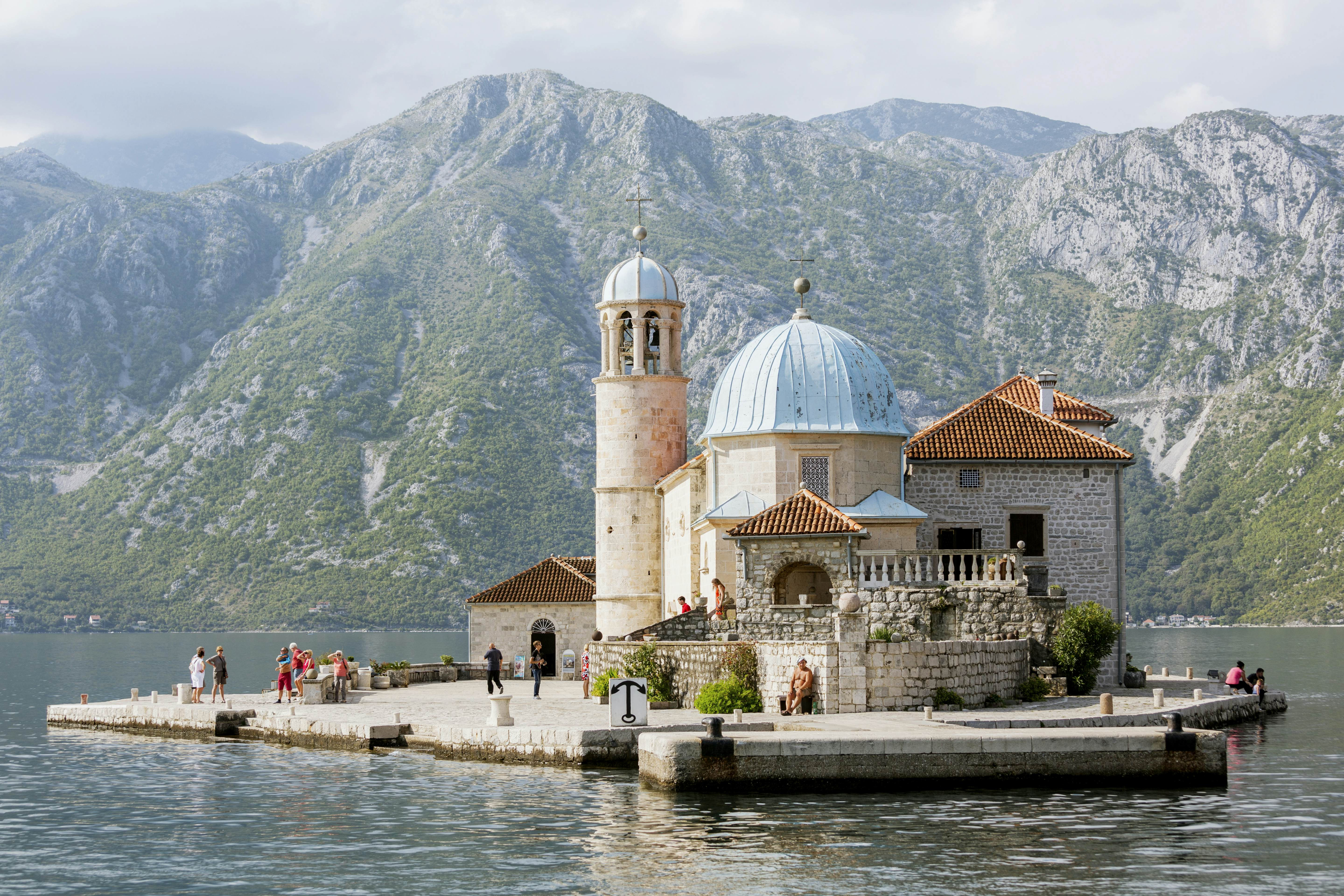 An ornate church sits on a small island with mountains in the background in Montenegro.
An ornate church sits on a small island with mountains in the background in Montenegro.
30. Montenegro
Montenegro is a magical place with stunning sapphire beaches, dramatic mountains, deep canyons, elegant palazzi, and ancient towns, all within a compact Mediterranean setting. It offers a blend of Croatian coastlines, Swiss Alps, and Venetian elegance. Explore this land of wild herbs, conifers, and Mediterranean blossoms. Venture beyond the coast to the rugged northern mountains for a more adventurous, less crowded experience.
31. Bruges, Belgium
Bruges is a quintessential fairy-tale medieval town. Picturesque cobblestone lanes and canals connect charming squares with soaring towers, historic churches, and almshouses. While popular in summer, visiting midweek in winter offers a quieter experience. Stay overnight to enjoy Bruges illuminated at night.
32. Lapland, Finland
Lapland has an intangible Arctic magic, with the midnight sun, Sámi culture, aurora borealis, and roaming reindeer. Santa Claus ‘officially’ resides here, near Rovaniemi, a popular gateway to the north. Lapland’s vast wilderness, spanning 30% of Finland, is sparsely populated and ideal for exploring on foot, skis, or snowmobile. Experience vast spaces, pure air, and big skies. Lapland is also Sámi homeland, with key communities around Inari, Utsjoki, and Hetta.
 Czartoryski Museum and Library in old town of Krakow, Poland.
Czartoryski Museum and Library in old town of Krakow, Poland.
33. The Albanian Riviera
The Albanian Riviera, once a secret among backpackers, is now a developing Mediterranean hotspot. While some beaches get crowded in summer, patience rewards you with stretches of beautiful coastline. Development is increasing, but the Riviera still offers opportunities to enjoy its once-famous empty beaches.
34. Kraków, Poland
Kraków is Poland’s most Polish city, steeped in legends and history. It features a fairy-tale castle, Europe’s largest medieval market square, Jagiellonian University, and numerous museums and galleries. Kraków also boasts a high concentration of bars and clubs, diverse cuisines, and architecture spanning Romanesque to Art Nouveau styles. Whether you love opera, jazz, food, or beer, Kraków offers something for everyone.
Best Time to Visit Europe
Europe’s vast and varied landscapes mean the ideal time to visit depends on your destination and preferences for weather and crowds.
Summer in Europe
July and August are peak tourist season, especially in France, Italy, Spain, and Greece. Mediterranean summers can be extremely hot, with recent years seeing dangerous temperatures and wildfires, even causing closures at attractions like the Acropolis. Southern France is packed, and many businesses across France, including in Paris, close in August for local vacations.
Summer is excellent for Northern Europe, including Scandinavia, with long days and warm temperatures perfect for outdoor activities under the midnight sun. However, summer is also the most expensive time to visit, so book accommodations well in advance.
 Mountains and freeriders at Aiguille du Midi in the French Alps
Mountains and freeriders at Aiguille du Midi in the French Alps
Spring and Autumn in Europe
Spring (April-May) and early autumn (September-October) are ideal times to visit Europe. Crowds are smaller than in summer, though Easter and spring school holidays can cause some congestion. Prices are also generally lower. Italy remains busy year-round, but many European destinations are perfect for spring or autumn getaways.
Winter in Europe
Winter sees ski resorts in the Alps and other mountain regions bustling, and Christmas markets draw crowds to major cities. However, some summer-dependent spots, like Greek islands, may have closures. For winter sun, consider the Balearic Islands, Canary Islands, and Malta.
Exploring Multiple European Countries
Europe is perfect for multi-country trips, thanks to its numerous land borders. Generations of backpackers and Interrailers have explored Europe by road, rail, and bicycle. The extent of your European journey depends on your time and desired pace. Europe is well-connected by rail, with a growing network of night trains reducing travel carbon footprint. The Eurostar provides easy train access between continental Europe and Great Britain.
Be aware of Schengen Area regulations, which apply to most continental European countries. A Schengen Visa allows visits to multiple Schengen nations for up to 90 days within a 180-day period. EU passport holders enjoy unrestricted travel across much of Europe.
